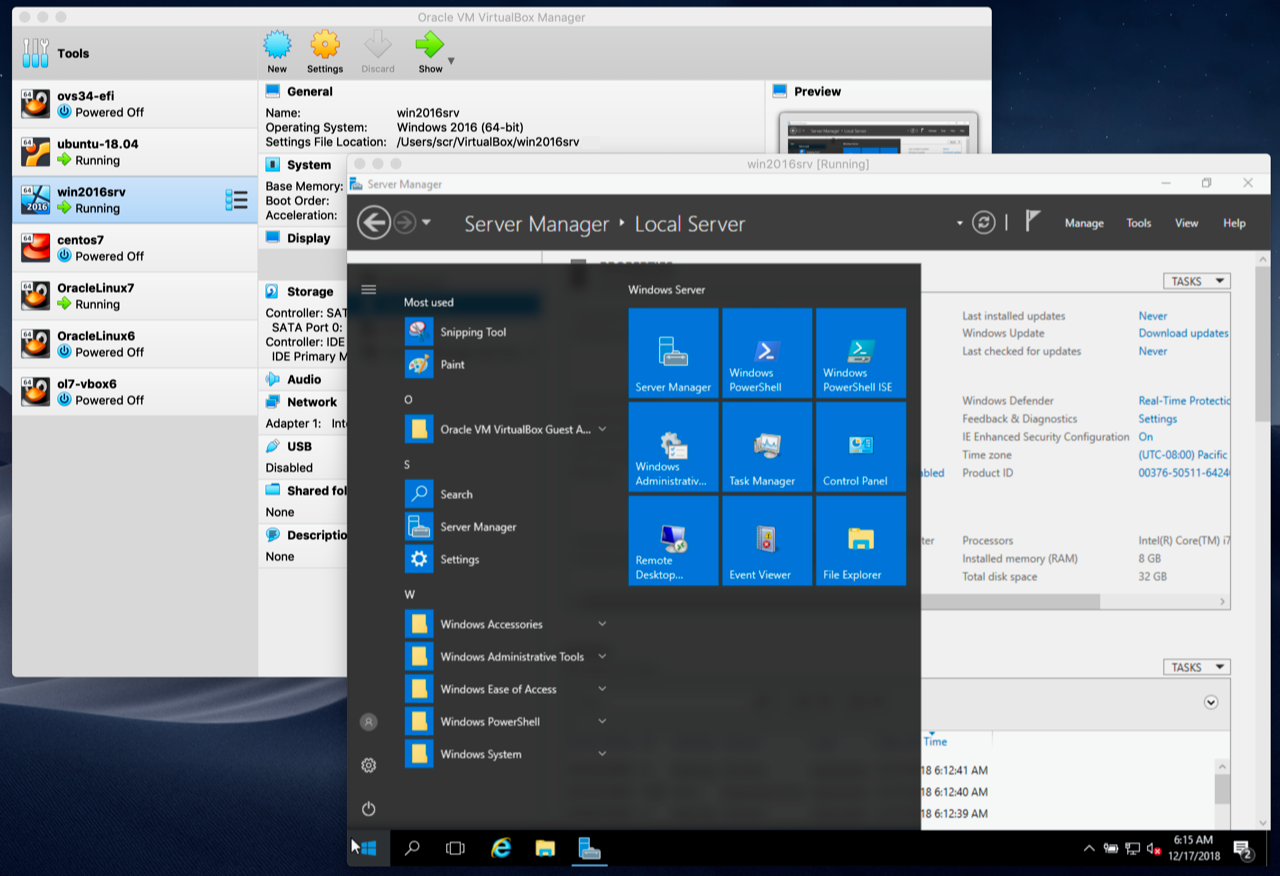
Vi insert key on mac os x free#
Unix systems, both free and proprietary, frequently provide Emacs bundled with the operating system. It runs in text mode and under graphical user interfaces on a wide variety of operating systems, including most Unix-like systems ( Linux, the various BSDs, Solaris, AIX, IRIX, macOS etc.), MS-DOS, Microsoft Windows, AmigaOS, and OpenVMS.
Vi insert key on mac os x full#
This is an enduring relic of its teletype heritage, but has the effect of making most of vi's functionality accessible without frequent awkward finger reaches.Įmacs has full support for all Unicode-compatible writing systems and allows multiple scripts to be freely intermixed. vi's keyset is mainly restricted to the alphanumeric keys, and the escape key. Vi does not use the Alt key and seldom uses the Ctrl key.

There are multiple emacs packages, such as spacemacs or ergoemacs that replace these key combinations with ones easier to type, or customization can be done ad hoc by the user.

Emacs was developed on Space-cadet keyboards that had more key modifiers than modern layouts. The expansion of one of Emacs' backronyms is Escape, Meta, Alt, Control, Shift, which neatly summarizes most of the modifier keys it uses, only leaving out Super.

Under "normal mode" (also known as "command mode", not to be confused with "command-line mode", which allows the user to enter commands), bare keypresses execute vi commands. Under "insert mode", keys insert characters into the document. Emacs also provides a defalias macro, allowing alternate names for commands. Emacs provides a command line accessed by M-x that can be configured to autocomplete in various ways. Key bindings can be mode-specific, further customizing the interaction style. Keys or key chords can be defined as prefix keys, which put Emacs into a mode where it waits for additional key presses that constitute a key binding. Also lacking is support for different sized fonts in the same document. However, support for proportionally spaced fonts remains absent. Vi, like emacs, was originally exclusively used inside of a text-mode console, offering no graphical user interface (GUI). Emacs also supports embedded images and hypertext. Current Emacs GUIs include full support for proportionate spacing and font-size variation. vi start-up time is near instantaneous for small text files, while vim is almost as fast.Įmacs, while also initially designed for use on a console, had X11 GUI support added in Emacs 18, and made the default in version 19. vim has evolved from vi to provide significantly more functionality and customization than vi, making it comparable to Emacs.

Vi is a smaller and faster program, but with less capacity for customization. Emacs client startup time is practically instantaneous as all it does is invoke the existing Emacs process to redraw the display. Various instances of Emacs can then be started in client mode, attaching to this server and sharing state. Emacs 18 (released in 1987) introduced a server mode designed to run continuously in the background. However, it is highly customizable and includes a large number of features, as it is essentially an execution environment for a Lisp program designed for text-editing. This makes Emacs take longer to start up (even compared to vim) and require more memory. This creates a path in the decision tree which unambiguously identifies any command.Įmacs executes many actions on startup, many of which may execute arbitrary user code. Vi retains each permutation of typed keys. This still forms a decision tree of commands, but not one of individual keystrokes. Traditionally, Emacs commands are key combinations for which modifier keys are held down while other keys are pressed a command gets executed once completely typed. The most important historical differences between vi and Emacs are presented in the following table:


 0 kommentar(er)
0 kommentar(er)
